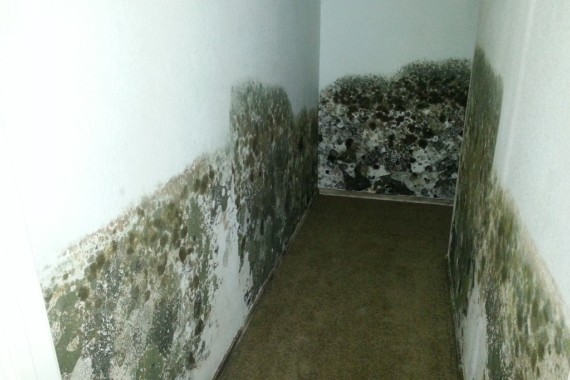Don’t just clean the mould; address the source of the dampness.
It’s also critical to avoid water leaks by controlling and maintaining rain and surface water drainage. Where holes are created in the roof or walls to allow skylights, windows, doors, pipes or other structures to be fitted, make sure these are watertight. If you find visible mould in your home, remove the mould and identify and address the cause of the excess moisture. Clean hard surfaces using soap and water or, if mould growth is persistent, a bleach solution could be used. You may need to throw away absorbent materials such as carpets, depending on the level of contamination.
In case of extensive mould damage, you may need to call on commercial mould remediation services. Although those with pre-existing allergies or asthma are at greater risks, mould can also cause health effects in otherwise healthy people. So measures to prevent or reduce mould exposure are important to everyone. Some regions may require stricter regulations and building codes to prevent dampness and mould. Damp problems are particularly prevalent in rental houses, often due to poor maintenance. So regulators should also consider a periodic inspection system (or “warrant of fitness”) to ensure minimal housing standards are met.

